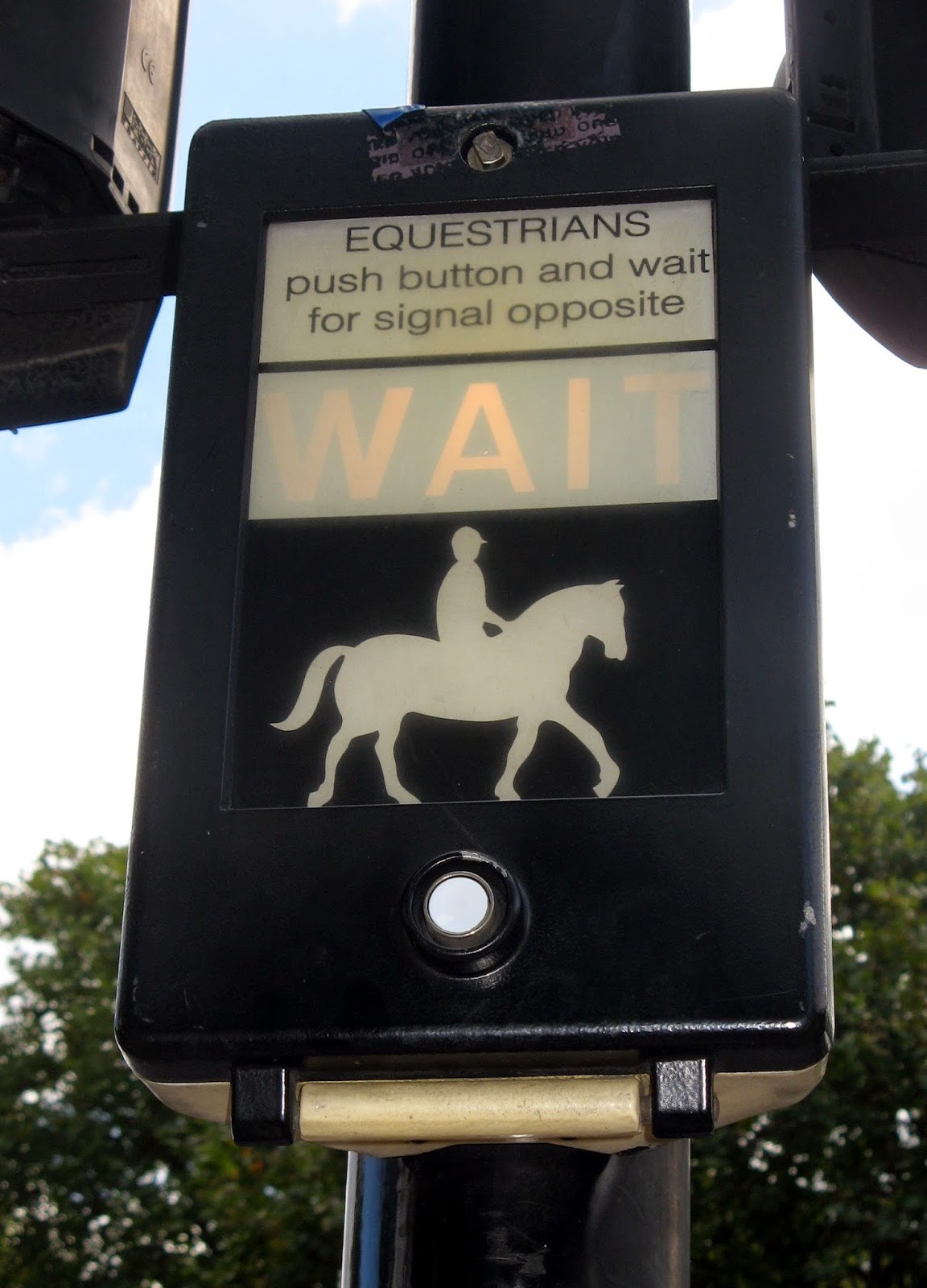Peirce’s Triadic Model – Interpreting Signs
 |
| A sign or a symbol? Image by Lesley Lanir |
In contrast to Saussure’s model, Peirce formulated a three-part triadic model consisting of an interpretant, representamen, and an object.
 |
| Symbols according to Peirce. Diagram Lesley Lanir |
By examining the relationship between objects, interpretants, and representamens and, in particular, the way the referent determines the sign, Peirce also distinguished three main ‘modes’ into which signs can be assigned: symbol, icon and index.
| Example of an iconic sign. Image by Lesley Lanir |
| Iconic signs according to Peirce. Diagram Lesley Lanir |
 |
| Example of an indexical sign. Image by Lesley Lanir |
 |
| Indexical signs according to Peirce. Diagram Lesley Lanir |
Peirce’s Triadic Model – Interpreting Signs
Having an interpretant as part of his semiotic model was Peirce’s new and distinctive addition to understanding and defining signs.Peirce did not believe that signification was a straightforward binary relationship between a sign and an object, and he viewed this innovative part of his triad as how we perceive or understand a sign and its relationship to the object it is referring to.
A critical point in Peirce’s theory is that the meaning of a sign is created by the interpretation it stimulates in those using it. He reiterates this in his comment that “a sign … addresses somebody, that is, creates in the mind of that person an equivalent sign, or perhaps a more developed sign.”
So an interpretant is the sense we make out of the sign, similar in meaning to Saussure’s ‘signified’ except that it is a sign in the mind of the interpreter. The element of interpretation in Peirce’s theories also emphasized his claims that semiosis is a process, whereas Saussure’s emphasis was always on structure.
Find out more about Peirce’s theories by reading,
Charles Sanders Peirce’s Semiotics – The Triadic Model an article I wrote for Decoded Science and a previous blog post on Peirce.


Comments
Post a Comment